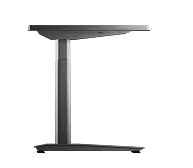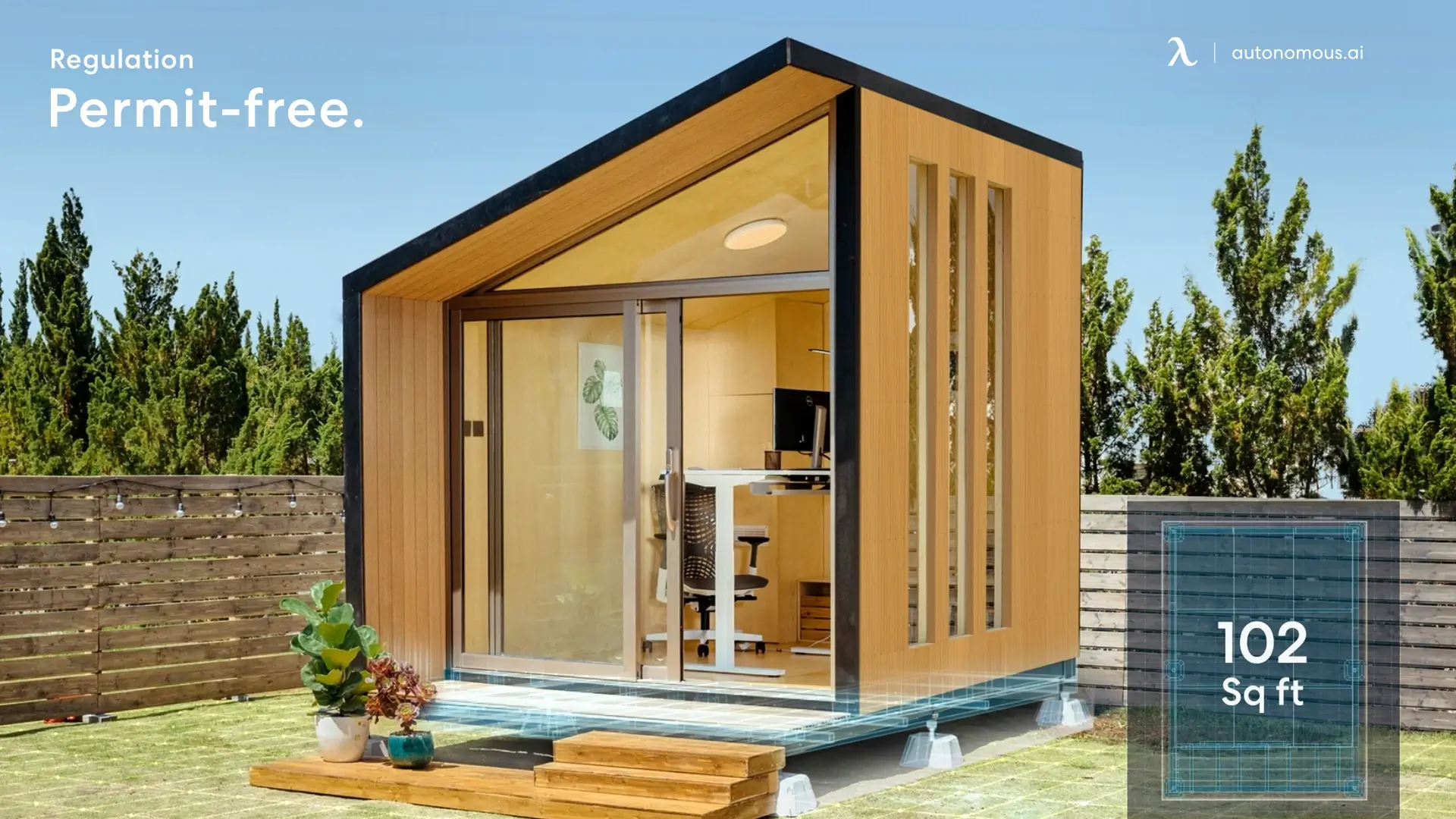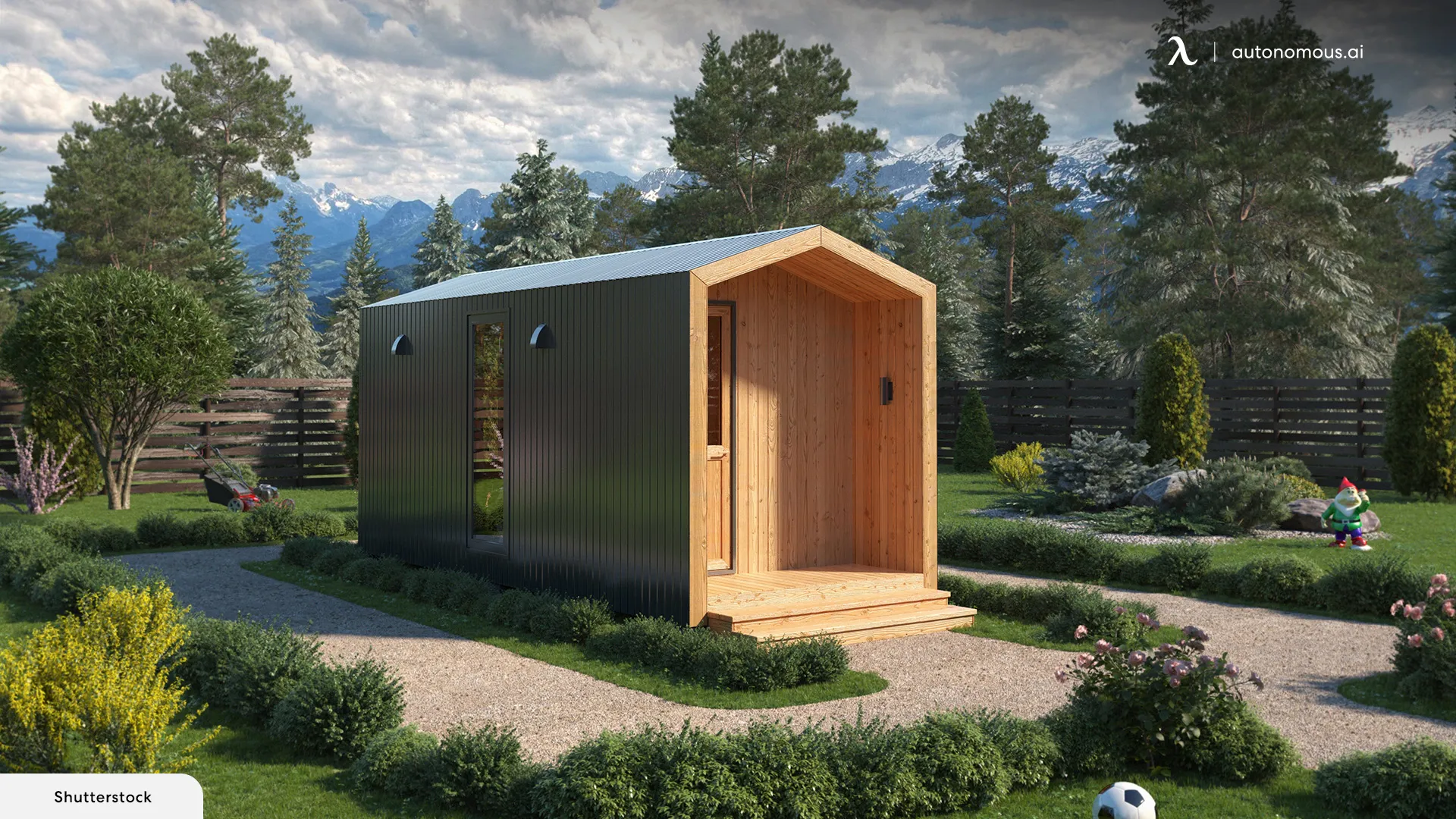
ADU Setbacks in California: What Homeowners Need to Know
Table of Contents
Are you looking for a bigger living space, but money is an issue?
Let us introduce you to California modular homes, which are all the rage nowadays. A granny flat, in-law suite, or ADU (ADU meaning accessory dwelling unit) provides homeowners with two major benefits: low cost of ADU in California and high income through rentals.
However, homeowners may find it tough to navigate the rules and obstacles that come with creating an accessory dwelling unit (ADU). Updates and modifications addressing ADU setbacks in California have been substantial in 2024, affecting homes all around the state. To avoid these problems, we've listed everything you need to know before constructing an accessory dwelling unit (ADU) on your land.
What Is a Setback & Why Are Setbacks Important?
Property setbacks are official definitions of "building restrictions imposed on property owners." The "personal space bubble" that surrounds a building is the best way to describe a setback. A setback can be anything from the house's side area to the permitted distance between a house and the rear of the property line or even the distance between a sidewalk and the property line. People who own property can learn where they can and cannot build via these ADU setback requirements.
Even in highly congested metropolitan areas, there is ample space for people and goods to move around, thanks to the presence of setbacks. Fire trucks, sewage trucks, utility vehicles, and cable vehicles all need to be able to pass through the gap between buildings and streets.
Additional benefits of setbacks include more natural ventilation, sunshine penetration, and reduced noise pollution from nearby highways and streets. When it comes to emergency preparedness, ADU setbacks in California really shines. These regulations are especially crucial in earthquake-prone places like California, where the potential for buildings to collapse upon one another is a serious concern.
Due to their influence on the location of the accessory dwelling unit (ADU), setbacks must be carefully considered during the construction of an ADU. Before making any construction-related decisions, be sure you understand your local ADU setback from the main house.
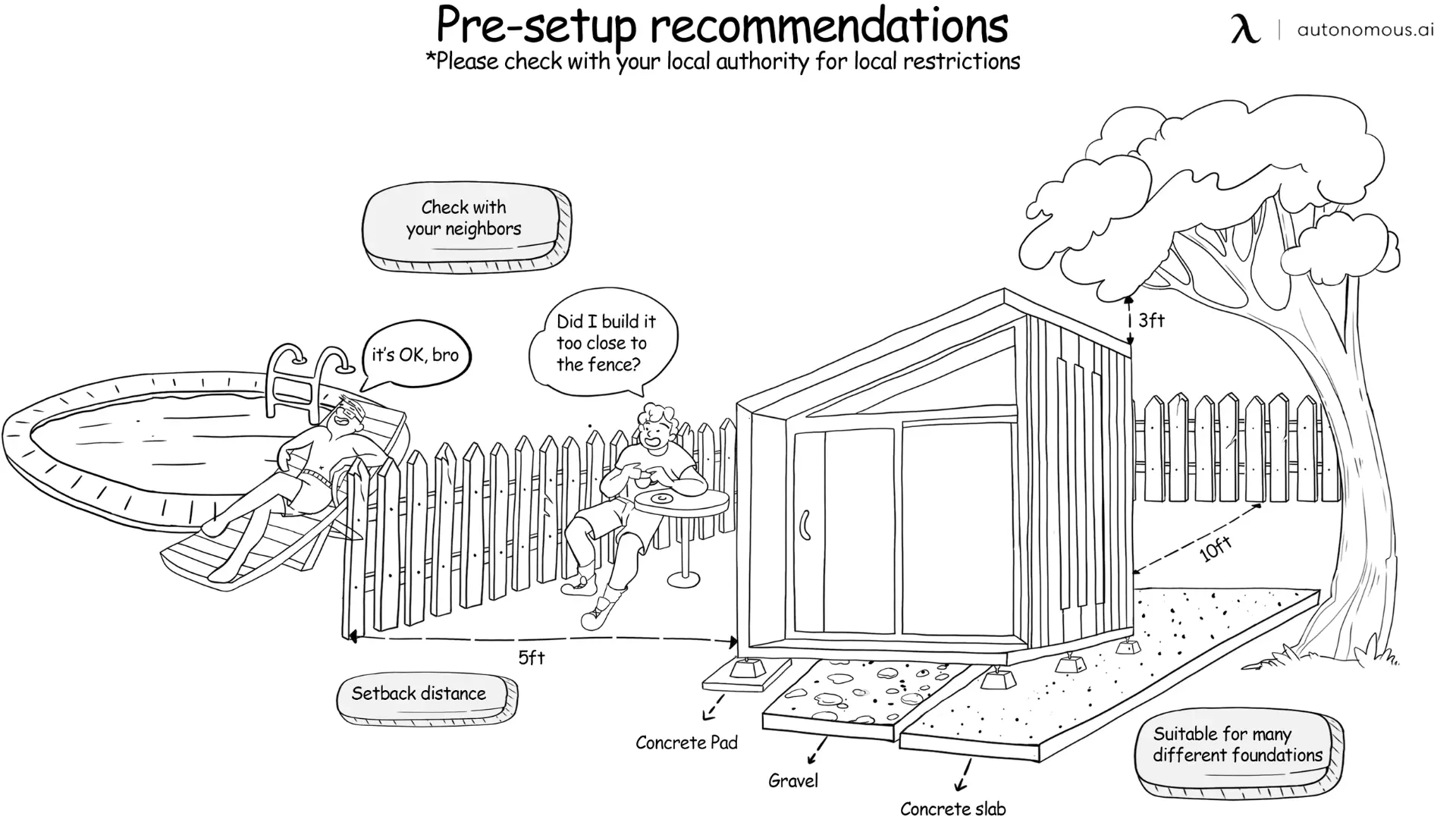
3 Common Types of Setbacks
When preparing to construct a prefab ADU, homeowners should usually keep in mind the following three sorts of setbacks:
Front Setbacks: These measure the distance between the front of the house and the accessory dwelling unit. To preserve the visual attractiveness of neighborhoods, front setbacks are mandatory.
Side Setbacks: The amount of space that must be left between the ADU’s building and the boundaries of the adjacent properties is defined by the side setbacks. For the sake of seclusion and the ease of access for emergency and maintenance services, these adu setbacks from the main house are essential.
Rear Setbacks: The rear setbacks of an accessory dwelling unit are the measurements taken from the property line to the rear of the building. Rear setbacks, like side setbacks, help keep the property from becoming too crowded and invaded by unwanted visitors.
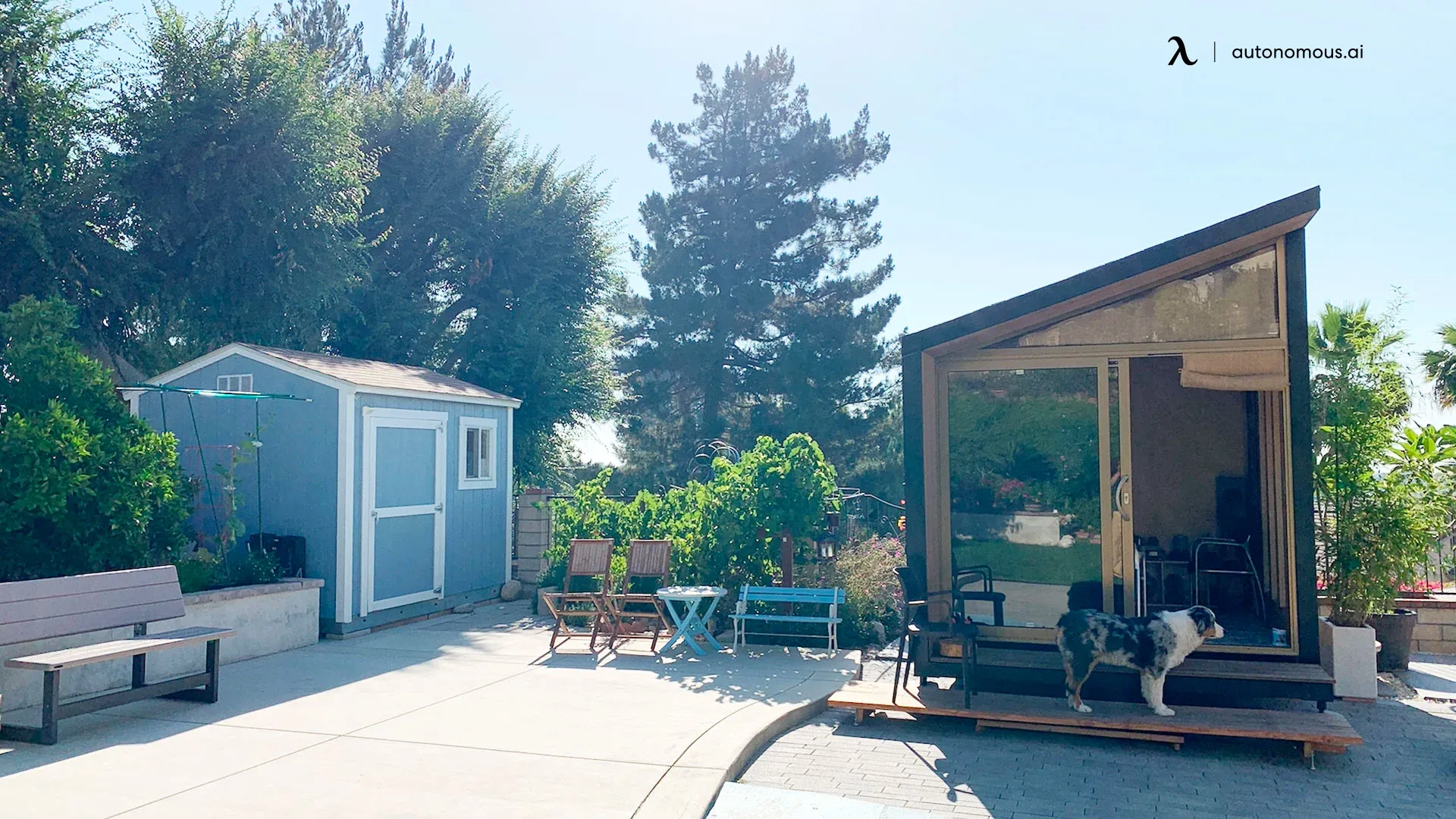
What Is The Required ADU Setback in California?
1. Rear and Side Setbacks
The minimum setback for detached ADUs is 4 feet from the rear and side property lines.
Some jurisdictions allow zero setbacks for ADUs converted from existing structures (e.g., garages, sheds).
2. Front Setbacks
Typically, front setbacks follow local zoning rules for primary residences, which vary by city and county.
Some cities may allow reduced front setbacks for ADUs under special circumstances.
3. Detached vs. Attached ADUs
Detached ADUs must follow the 4-foot rear and side setback rule.
Attached ADUs must comply with the same setbacks as the main residence but may be subject to exceptions.
4. Conversions & Existing Structures
If an ADU is converted from an existing legal structure (like a garage or storage unit), it may not require setbacks, even if it's right on the property line.
Expanding an existing structure (like adding a second story) may require compliance with the 4-foot rule.
5. Fire Code Considerations
If the ADU is close to another structure or the property line, local fire codes might require additional setbacks or fire-resistant materials.
6. HOAs & Local Adjustments
Homeowners' associations cannot prohibit ADUs but may enforce reasonable setback requirements.
Some cities allow smaller setbacks for tiny homes on wheels classified as movable ADUs.
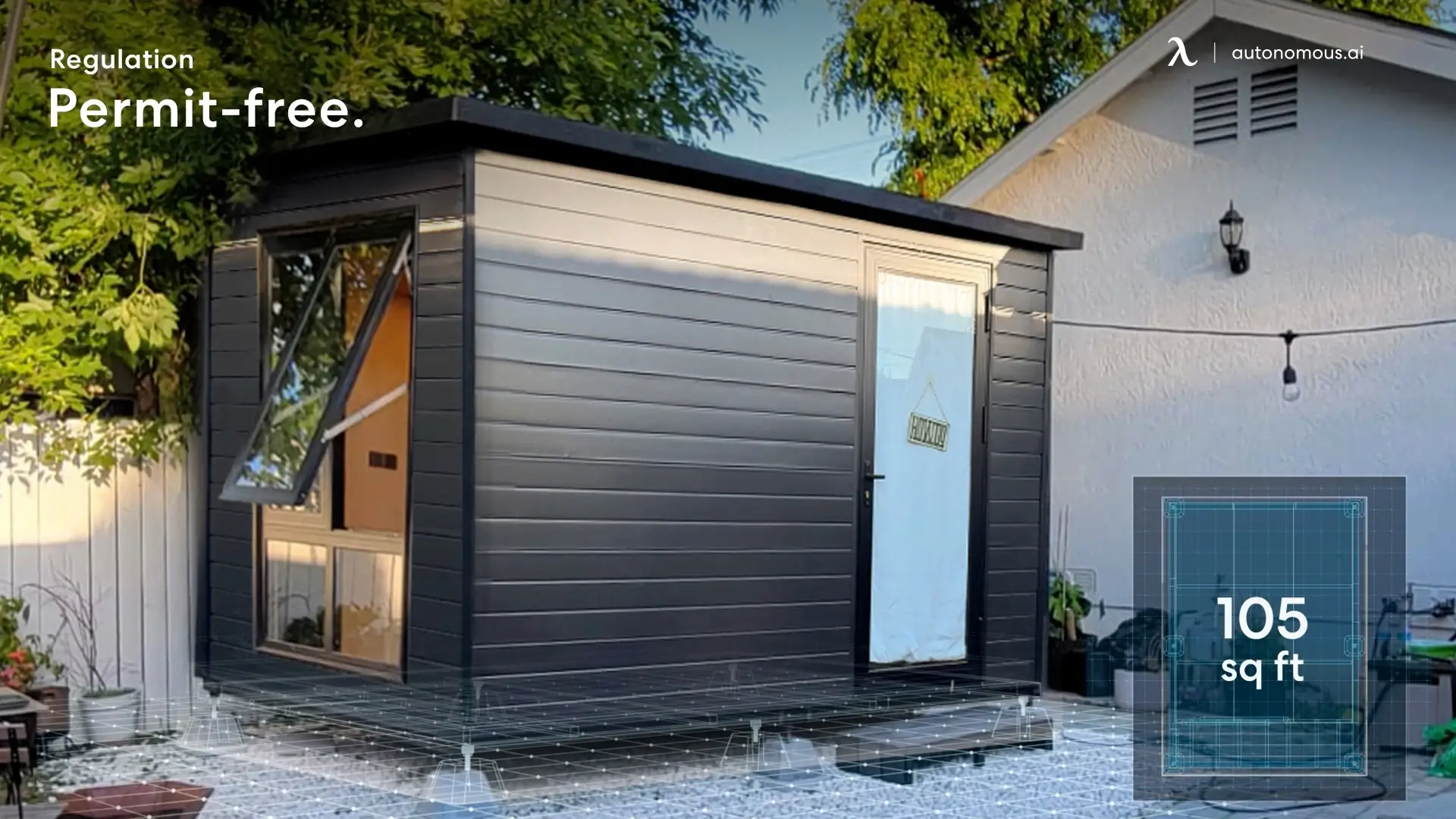
The state of California has uniform setback regulations for ADU, but landowners are still required to adhere to the unique setback requirements imposed by their respective counties and towns. The following are additional ADU setback requirements for important counties in California:
San Diego County:
Front setbacks for prefab ADUs in San Diego County are lot size-dependent and measured from the center of the roadway into your property. If you're planning an ADU, understanding ADU loan rates in San Diego and prefab ADU costs in San Diego can help with budgeting.
Los Angeles County:
Setback requirements for ADU in Los Angeles County might differ by lot type; however, for standard homes, the dimensions are as follows: There is a 20-feet maximum ADU setback from main house, which must be greater than or equal to the prevailing setback (i.e., it must be equal to the average setback along the street, if applicable). More details on Los Angeles County setback requirements are available for reference. If considering a garage conversion, check out the guide on garage conversion ADUs in Los Angeles. For prefab options, see how much it costs to build an ADU in Los Angeles.
Orange County:
Setbacks for front yards in Orange County typically run from 25 to 30 feet, though this can vary widely based on lot size and type. Learn more abou ADU regulations in Orange County.
Riverside County:
Depending on the land, Riverside County's front yard standards can range from 20 to 30 feet. If you're considering an ADU in this area, check out ADU regulations in Riverside County.
San Bernardino County:
Local rules differ by lot type, so reviewing the ADU regulations in San Bernardino County is essential before construction.
For Long Beach homeowners, it's best to consult the ADU regulations in Long Beach to ensure compliance with local zoning laws.
Keep in mind that the state’s laws supersede local laws, so research and consultation are necessary before you begin constructing a prefab ADU in Southern California.
How ADU Setback Rules in California Impact Autonomous WorkPods
For homeowners considering an Autonomous WorkPod as a backyard office or additional living space, setback rules can determine where and how it can be placed. The impact depends on whether the WorkPod is classified as an ADU or a non-permitted structure.
1. WorkPods as ADUs vs. Non-Permitted Structures
If used as an ADU:
- WorkPods must follow the 4-foot side and rear setback rule if detached.
- Front setbacks depend on local zoning laws.
- If used as an inhabitable dwelling unit (for rental or extended living), a permit is required.
If used as a backyard office (not an ADU):
- WorkPods may not require a permit if under 120 sq. ft. and used strictly for personal work, not living.
- In this case, they may qualify as an accessory structure and can sometimes be placed right against the property line.
- Some cities still enforce 3–5 foot setbacks for accessory structures.
2. WorkPods and Zero-Setback Placement
WorkPods are designed for easy placement with adjustable bases and weatherproof panels, making them a flexible option even with setback restrictions.
Some cities allow backyard offices right up against fences if they don’t require a foundation or plumbing.
3. How WorkPods Fit Different Zoning Rules
For homeowners in California: If used only for work, a WorkPod may bypass ADU setback rules and fit closer to fences and property lines.
For WorkPods as rental or guest spaces: The 4-foot setback rule applies, and additional local permitting may be required.
Understanding setback rules ensures that your WorkPod is placed legally and optimally without unnecessary compliance issues.
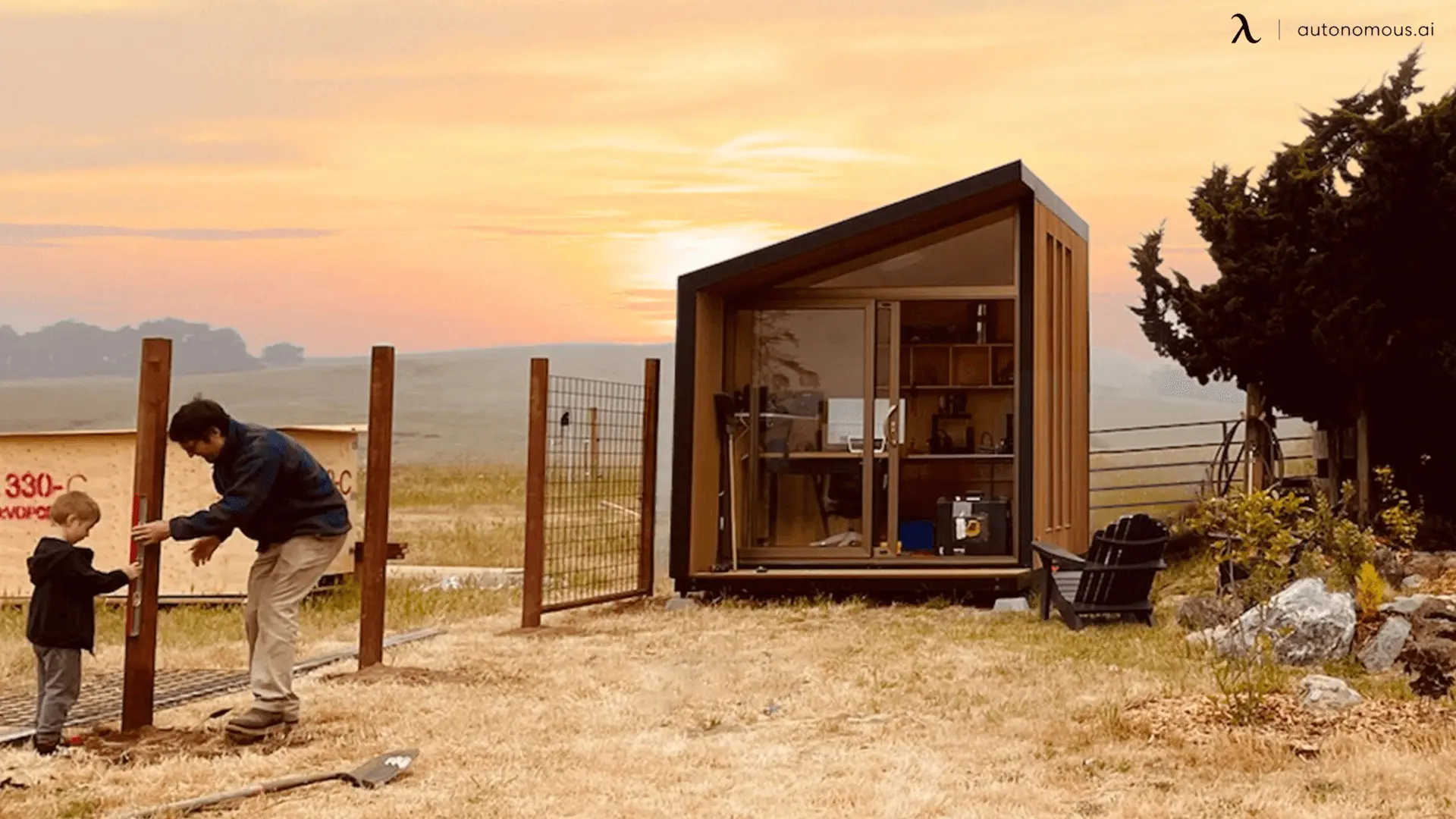
Frequently Asked Questions (FAQs)
1. What if I don’t meet the setback requirements?
Disregarding ADU setback requirements in California might result in serious issues. To meet the setback standards, the building may need to undergo costly alterations or even be removed from the site.
2. Can I apply for a setback variance?
Since setbacks are not final, you can ask for a variance if there’s a particularly exceptional circumstance - like a nearby river or pond - that might affect your capacity to use the land in a manner similar to your neighbors. The local zoning board must authorize a variance, which they usually grant if the restriction limiting your construction is unique to your site and your property meets the California ADU size limit.
3. Are there special setback regulations for irregularly shaped lots?
Procedures for determining the setback requirements for an irregularly shaped property can differ from town to town, so it's essential to confirm the specific information with the permit office. While it is true that irregularly shaped lots require different measurements, this is only applicable in general.
Ending Note
Your planning and design process must account for ADU setbacks in California. In addition to facilitating a trouble-free building process, adhering to ADU setback requirements enhances privacy, safety, and community peace. Therefore, it's important to consult experts and research the zoning regulations in your area before starting the construction process.
Spread the word

.svg)
